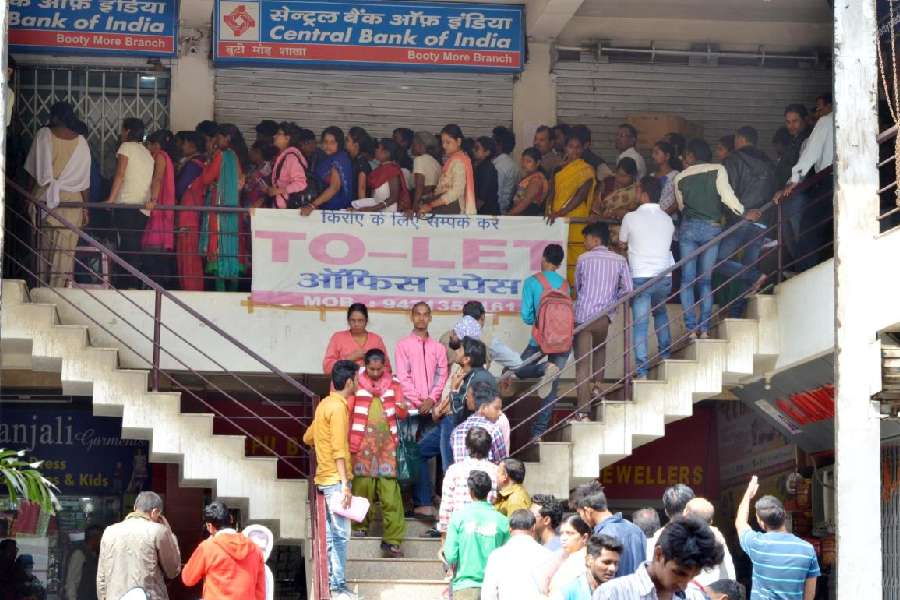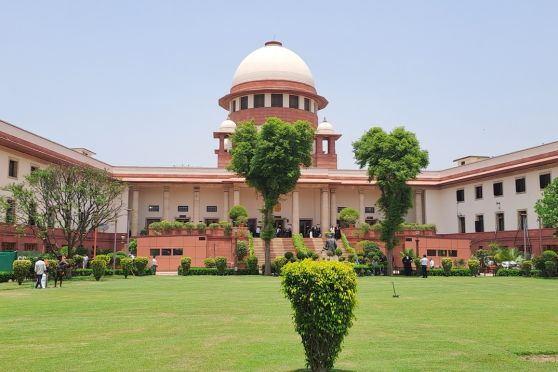|
Every year, come winter, relatives would visit us in Calcutta. All of us children were taken for a ride on what my father called the “toy train”. The best part was that each of us would get a window seat, as the compartments would be empty, and for once, I would not have to sacrifice my seat to my younger brother, who would invariably have got the privilege were there just one to spare. I do not recall from where we boarded the train, but in about 20 minutes it would be time to get off, and memories of an annual pilgrimage to Scoop now tell me th Every year, come winter, relatives would visit us in at the stoppage at which we alighted must have been the Prinsep Ghat station of the Circular Railway.
Imagine trains that hurtle into the city of Calcutta from its far-flung suburbs and, quite literally, go around it. When the idea of the Circular Railway had first come up, it was mainly to bring the workers living in the districts to the factories along the Hooghly, to the government buildings and the shops clustered around the commercial district of Calcutta, Dalhousie Square, and other such urban centres.
As I waited for the ‘Hasnabad local’ at the Dum Dum station last week, an elderly gentleman on the platform took out a battered suburban railway time table and leafed through it. “Dosh-ta chhottirish,” he announced for all and sundry to hear: ten-thirty-six. Clearly displeased at himself for having missed the 9:56, which would have taken him all the way up to Hastings, he sat down on a bench, looking shifty and uneasy. The next train from Hasnabad would take him only as far as Prinsep Ghat.
Once the train pulled into the platform at Dum Dum, I lost the man to the crowd and was myself hurled to one side of the alley near the door, where I remained parked for the rest of the journey for lack of space to move anywhere else. The train started and passengers deftly manoeuvred themselves in and out of the compartment at various stoppages. If I stood on tip-toe and looked over the heads of men, I could see the river beyond a line of goods-carriages piled with bags of cement. I looked around for the grumpy gentleman of the station, but perhaps he was sulking in some corner. Although I would have liked to take the train that went to the last stop as well (I was travelling merely to get a sense of the Circular rail), I realized that his problem was way graver than mine — he was possibly late for work, and missing the 9:56 meant he would have to travel to Kidderpore by bus from Strand Road.
In its present avatar, the Circular Railway, for most of its journey, runs on the existing stretch of lines that are a part of the Southeastern Railways network. These trains start from places like Kalyani, Barrackpore and Hasnabad. They join the Circular Railway line only on reaching the Dum Dum junction. From here, in the original plan, the line was meant to bend southwards at Ultadanga and Shyambazar, then run parallel to the Hooghly near the stoppages named Sovabazar, B.B.D. Bagh, Eden Gardens, Prinsep Ghat or Hastings, to turn northwards at Majerhat, and reach the Dum Dum junction once again via Park Circus and Sealdah, thereby completing a full circle. The construction, however, has stopped at Majerhat. The Circular Railway of Calcutta continues to remain semi-circular for the two decades since it was started, in spite of various railways ministers claiming this to be their pet project.











